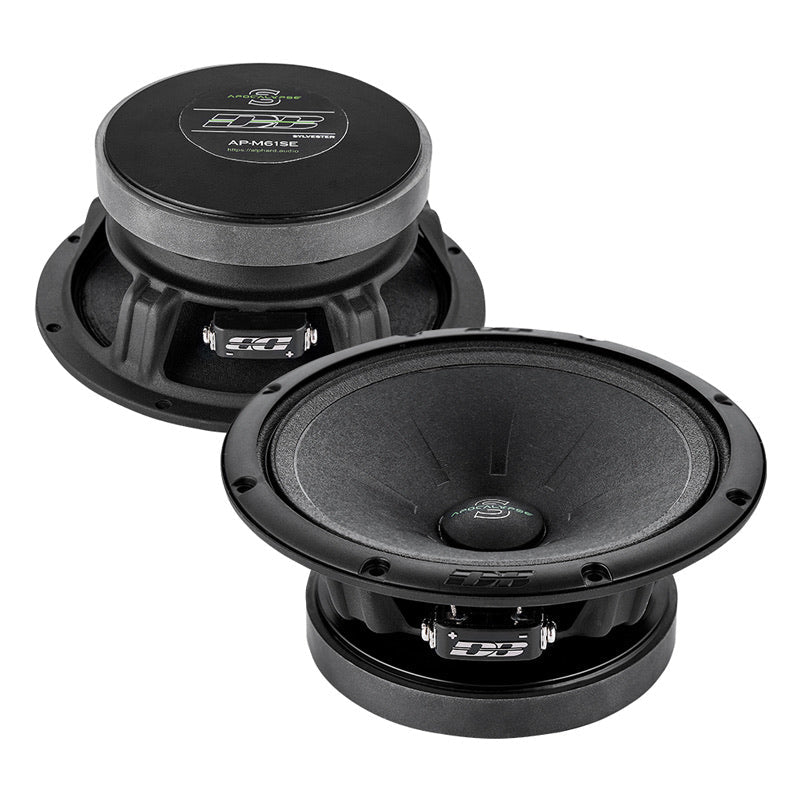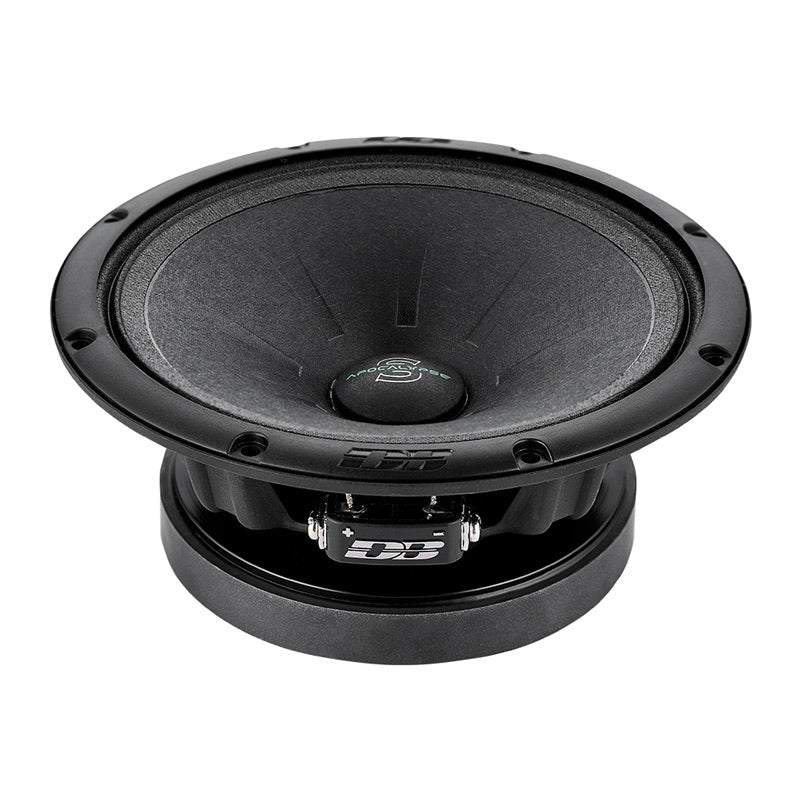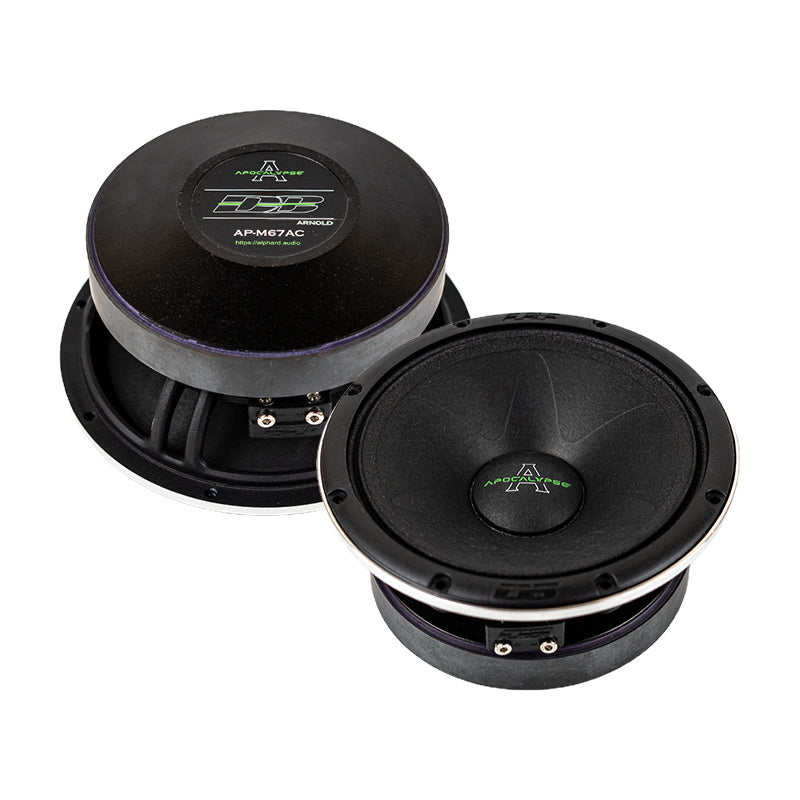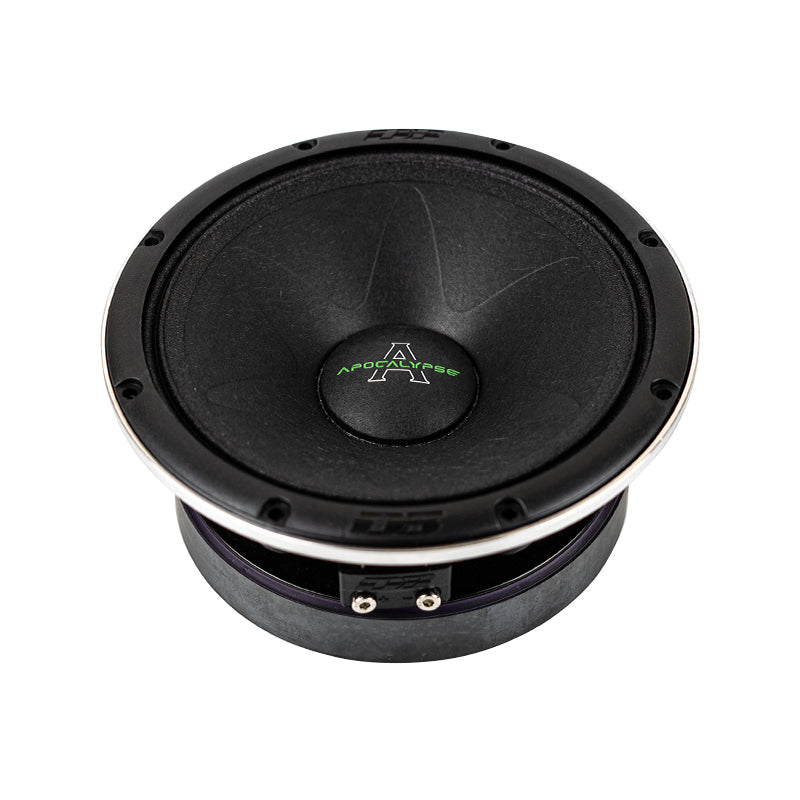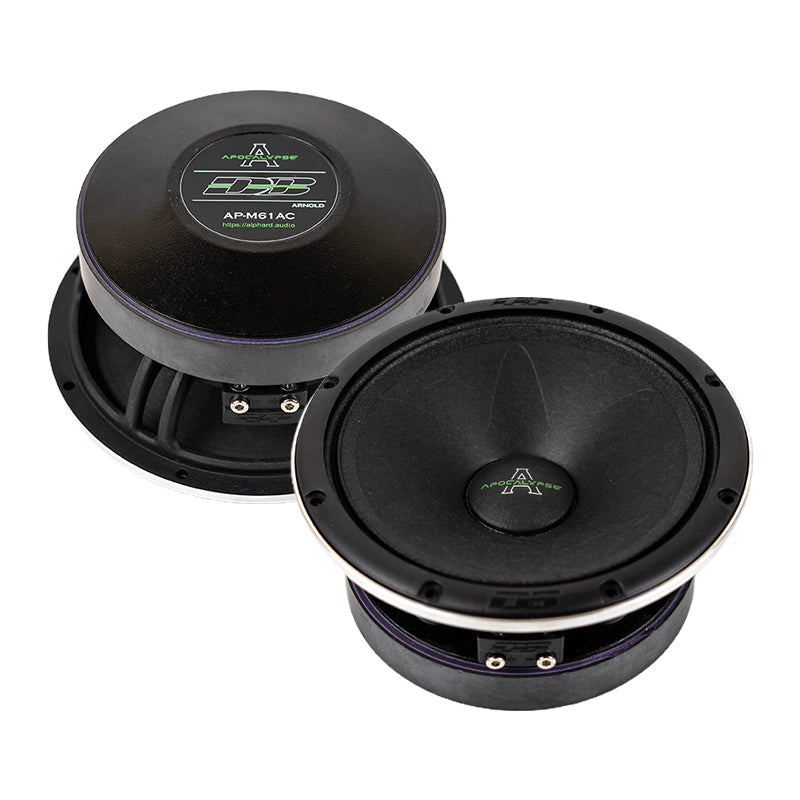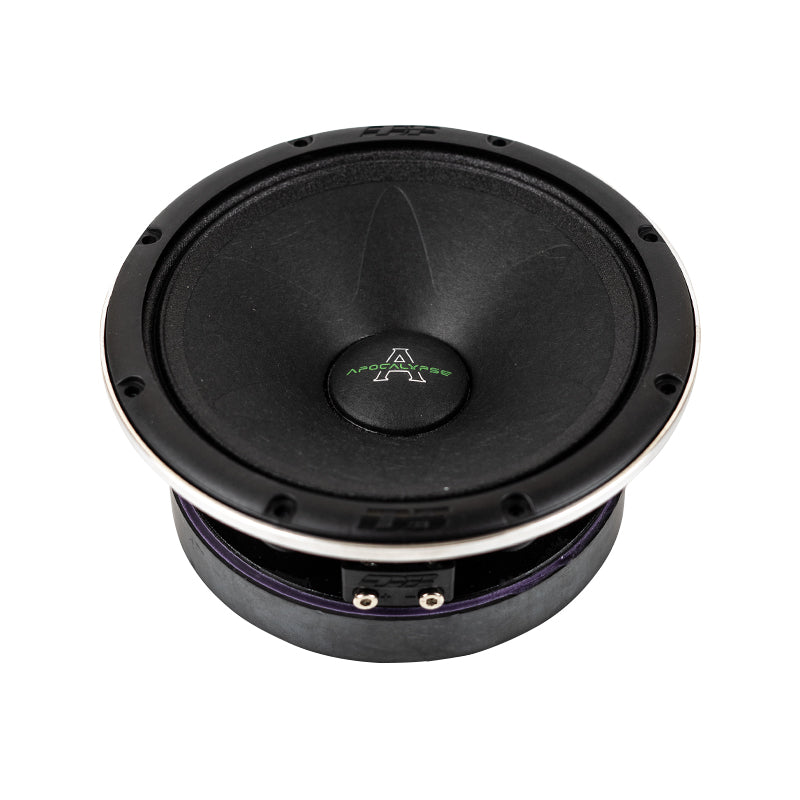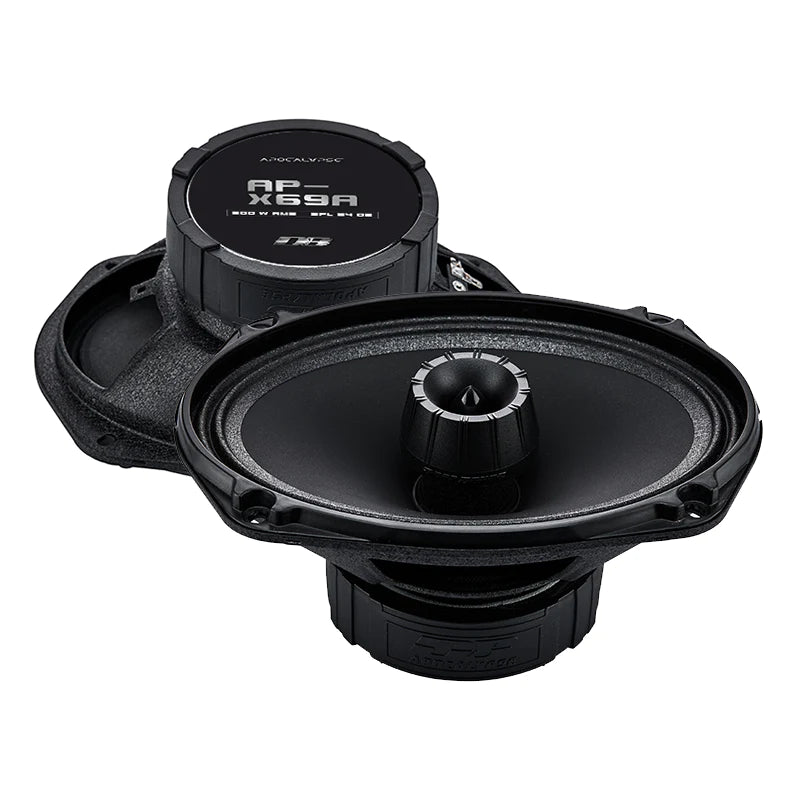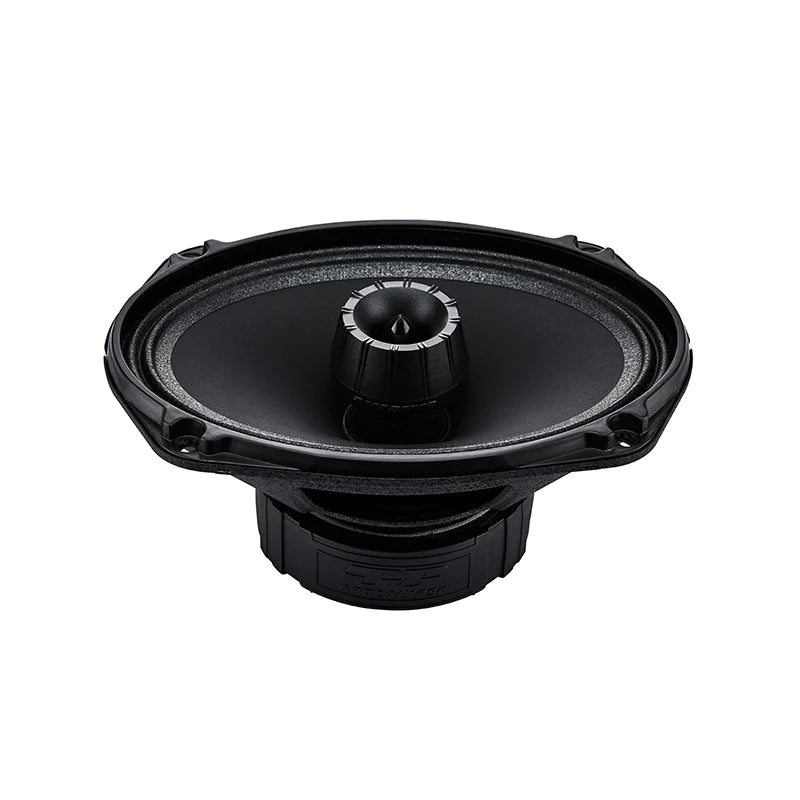Car audio system is meant to provide accuracy and strength, however, weather tends to affect its performance. The conditions in which your car is working, be it wet, rains, sweltering, or in cold winds will affect how the speakers, amplifier, and even the wiring will act. This is a link that many fans fail to realize until they realize that their system will sound diverse with different seasons.
Weather Effects on Car Speakers
Speakers are the most exposed part of any system, and their performance changes noticeably with environmental shifts.
-
Heat exposure: Prolonged heat can weaken adhesives inside the speaker and make materials expand, leading to distortion at higher volumes.
-
Cold conditions: Low temperatures stiffen the cone and suspension, reducing bass response until the cabin warms up.
-
Rain and humidity: Excess moisture can affect speaker cones, especially if they’re made of paper-based materials. Swelling or softening reduces responsiveness and may lead to muffled sound.
How weather effects on car speakers
Various materials are used to construct speakers and each material is climate responsive. Paper cones can absorb moisture and become limp, reducing clarity and attack. Polymer cones like polypropylene are more resistant to change and retain form when the environment alters. Foam surrounds break down more quickly in a wet or sunny area, but rubber surrounds are more long-lasting. A suspension, glue joints and voice coils all act differently under heat, cold or constant dampness, and these minute variations are then reflected in audible differences, which you may hear when changing one season to another.
How hot weather impacts car audio performance
High temperatures put stress on electronics and mechanical parts. Amplifiers produce heat during normal operation, and a hot cabin makes it harder for them to shed that heat. Many amplifiers will engage thermal protection and reduce power output to prevent damage. That reduction may sound like a sudden loss of punch at high volume. Heat also ages batteries faster and can lead to inconsistent voltage under load, which reduces amplifier headroom and dynamic range.
Speakers left uncovered in direct sunlight can warp or delaminate over the long term. Even if the damage is gradual, you may hear it as a thin midrange or an uneven bass response. Simple prevention such as avoiding prolonged sun exposure and providing ventilation around mounted electronics helps maintain consistent performance through warm months.
How cold weather impacts car audio performance
Cold air is denser and speaker materials become stiffer, so the system often sounds tighter but less lively when the temperature drops. Bass especially may seem weaker until the cabin and components warm up. That stiffness can stress surrounds and cones if the system is driven hard immediately after startup.
Batteries also provide lower current during cold weather, and this can clip the amplifier or cut-out during problematic passages. There is also a condensation issue when exiting the cold out of the outside environment into a heated interior. When water arrives on connectors or circuit boards, the problem may result in corrosion or a short circuit in weeks and months unless prevented.
Rain and humidity car audio considerations
Moisture is a slow but effective adversary. High humidity increases the risk of oxidation on terminals and connectors even if the cabin is sealed. When humidity is coupled with temperature swings, condensation can form inside speaker enclosures and around amplifier elements. Corrosion starts at tiny contact points and gradually raises resistance, causing intermittent signal loss and audible hiss.
Those solution objective to prevent the moisture entry and to reduce the impacts. Sealing of the openings around speaker mounts, installation of weatherproof speaker models in the open areas and coating of terminals with protective finish minimizes damage in the long run. In case you are driving in the coastal or monsoon prone regions, you must make an extra effort in taking care of the corrosion prevention.
Practical checklist for seasonal care
-
Check battery health and charging voltage regularly, especially before hot summers and freezing winters.
-
Inspect speaker surrounds and wiring for signs of moisture damage or stiffness.
-
Ensure amplifiers have adequate ventilation and avoid enclosing them in tight, heat-trapping spaces.
-
Protect exposed terminals with dielectric grease and tighten all ground connections.
This checklist keeps maintenance simple while preventing common weather-related failures.
Seasonal tuning and listening strategies
Rather than returning drastically, small EQ adjustments can compensate for seasonal differences. In winter, you may add a touch of low-frequency lift to restore perceived bass impact after the cabin has warmed up. In summer, reduce extreme low boost to prevent amplifier overload and panel rattles that become more pronounced when materials expand.
Allow electronics and speakers to reach normal operating temperature before playing at high volumes. For cold starts, drive gently for a few minutes with moderate volume so fast temperature changes do not stress components. During wet seasons, favor open, midrange-focused tracks for testing so you can hear whether humidity is muddying the mids and adjust cleaning or sealing tasks accordingly.
Choosing materials and components for durability
In cases where the weather resiliency is one of the concerns, choose speakers and elements that can withstand moisture and temperature fluctuations. Find speakers that have polypropylene cones, rubber surrounds and treated voice coils. Amp thermal management built-in and hard casing also means that amplifiers are less likely to throttle in the heat. Sealed enclosures should be considered when using subwoofers in wet climates, and coated or tinned wiring should be used in areas where corrosion is likely to occur.
Products available through Elite Auto Gear include weather-resistant speaker models, coated terminals, and sound-deadening materials that help stabilize interior temperatures and reduce condensation. Choosing the right combination of parts reduces the amount of seasonal adjustment required and lengthens the life of the system.
Maintenance routines that improve longevity
Consistent, simple maintenance pays off. Wipe down terminals and check for green or white buildup on battery posts. Clean and reseal speaker mounts that show signs of moisture ingress. Test ground points for solid connections and clean any rust from chassis mounting surfaces. If an installer used cheap clips or exposed splices, replace them with soldered joints or heat-shrink insulated terminals.
A periodic checklist that is associated with seasonal variations is effective. As an example, at the onset of spring, before summer, a ventilation check, amp check, terminal check and before the onset of the rainy season, a wiring and corrosion check.
Practical trade-offs and realistic expectations
Weather will not be completely controlled, yet with a proper approach the effects of weather can be minimized. Taking time to prevent and use materials with a climate specific to your area saves the cost of repair and maintains the quality of sound. There will be some variation in tones between the seasons; this is acceptable and can be handled but not an indicator of imminent failure. When you must be able to rely on it during extreme weather conditions, weather-grade elements, proper ventilation and regular maintenance should be prioritized.
These measures will ensure that the car audio system remains reliable and healthy however the weather predicts. A dealer who is in touch with the local conditions can point you to the most appropriate options in case you need assistance in choosing weather resistant parts or scheduling of seasonal checks.

